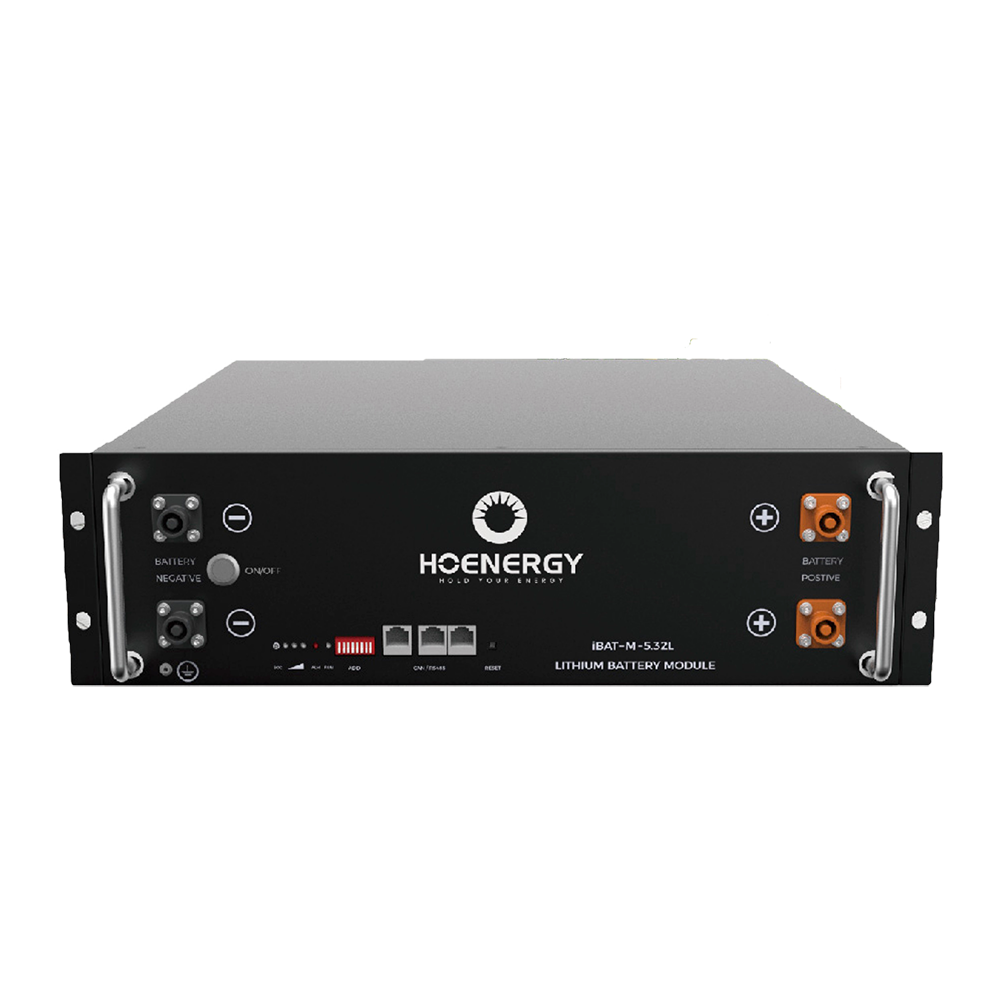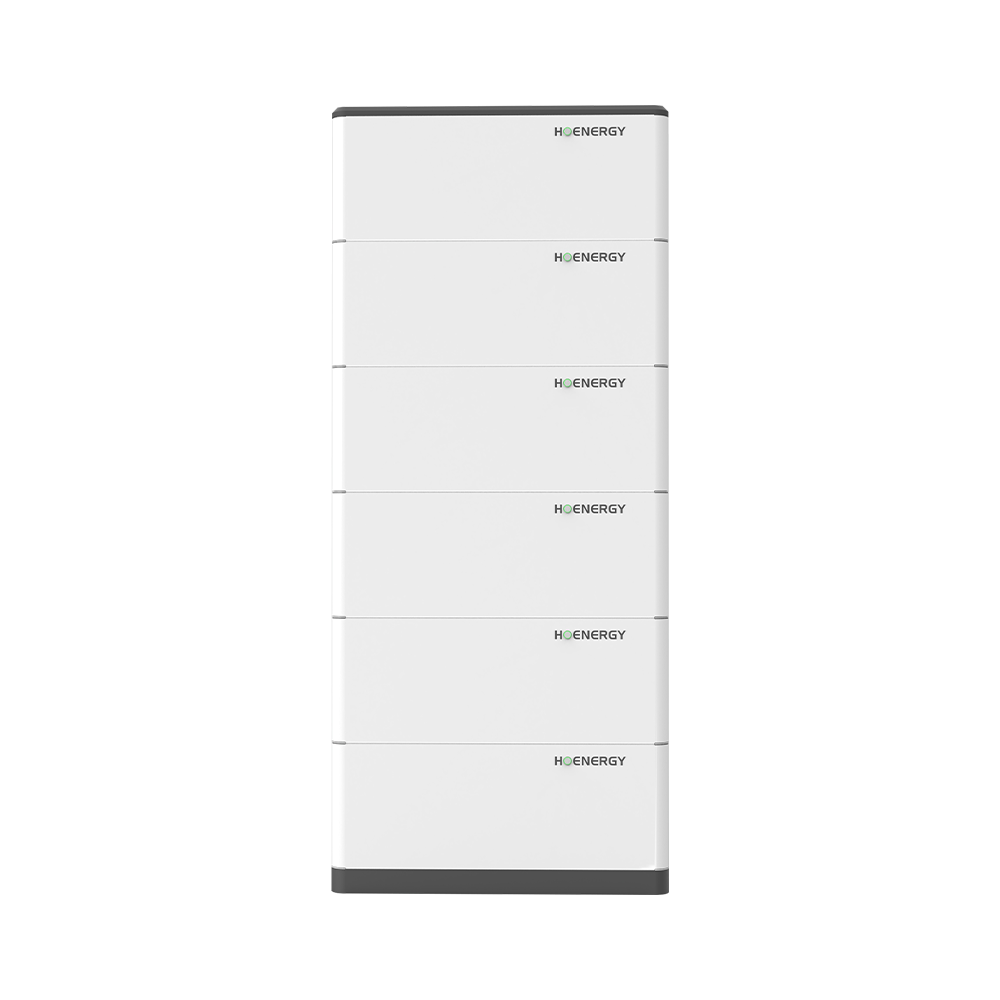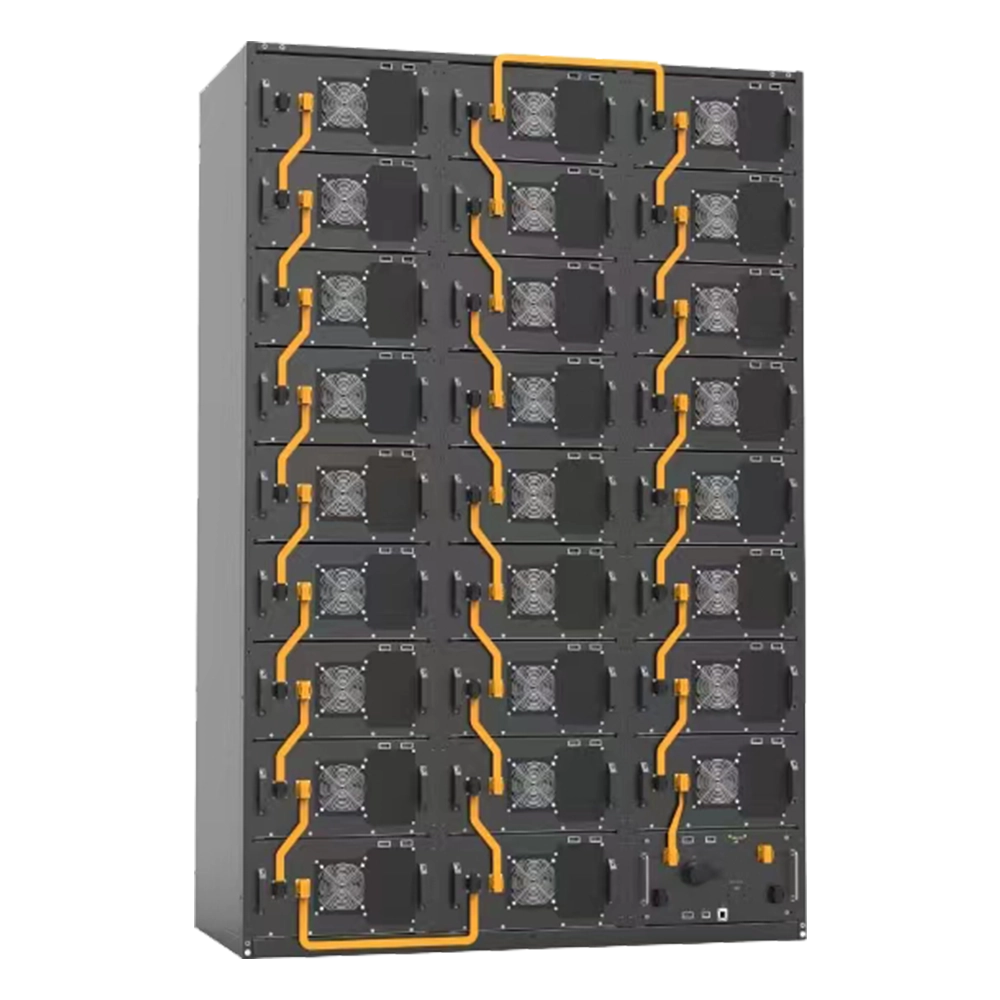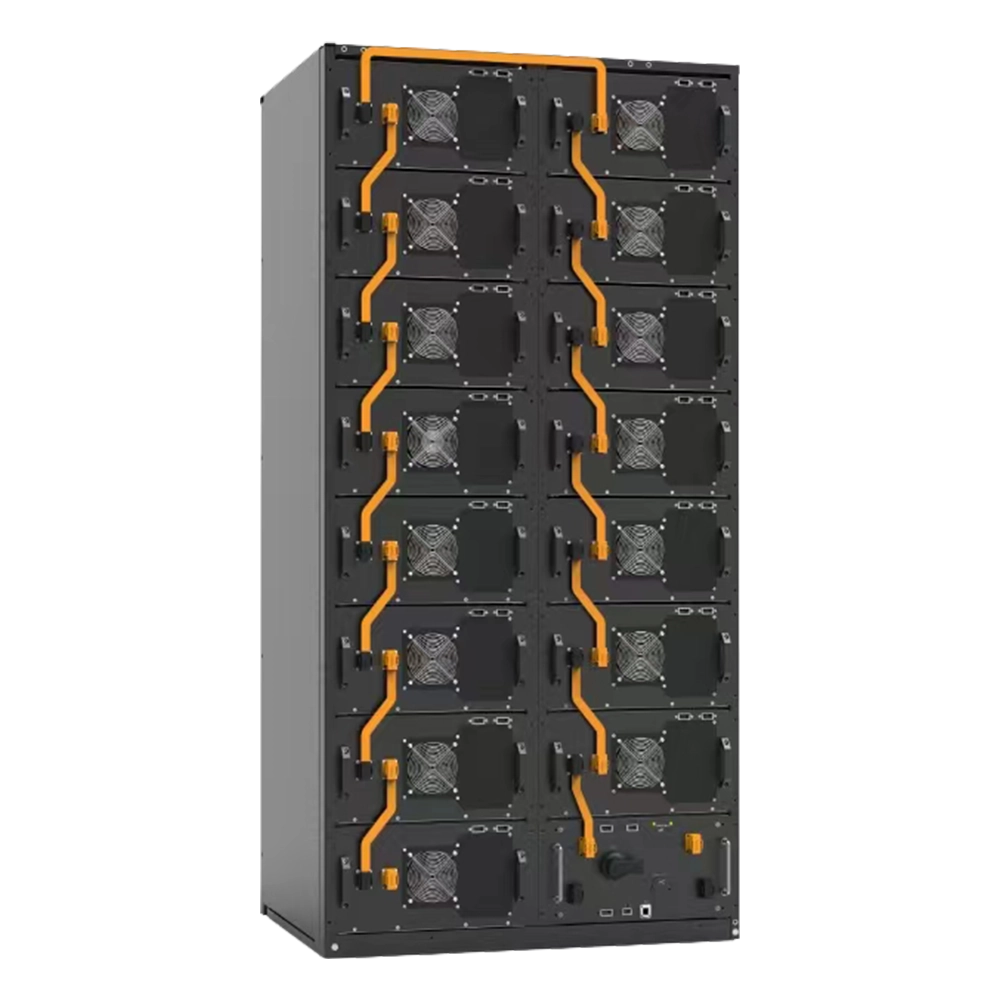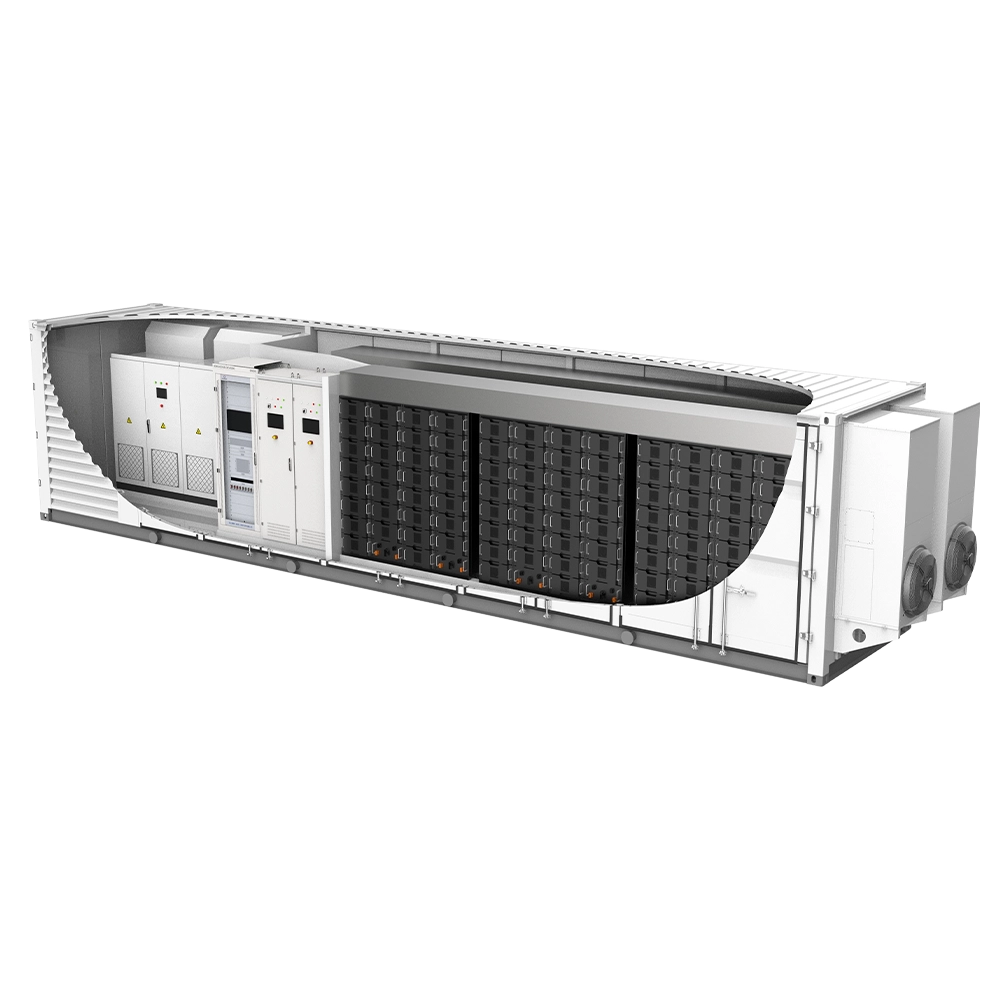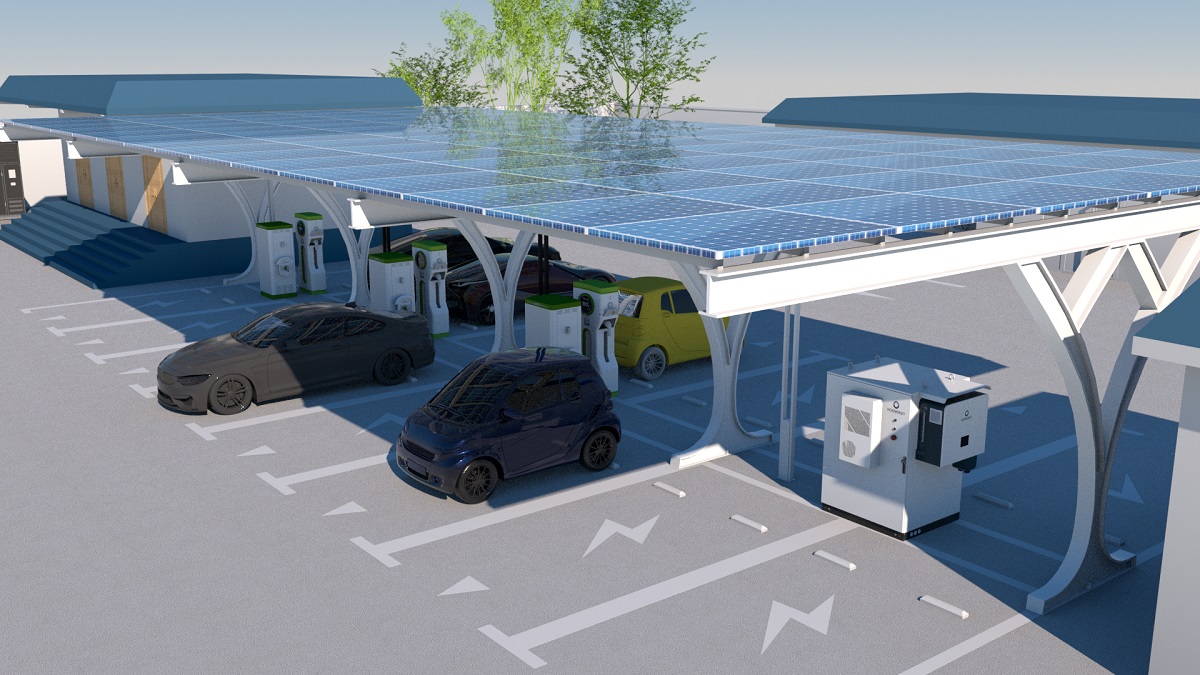History of Solar Cells
Because solar cells are environmentally benign and renewable, they are a popular type of clean energy gadget that transforms solar energy into electrical energy. Give an ecologically sound and sustainable power source. The economic viability and general efficiency of solar cells are mostly dependent on their lifespan.
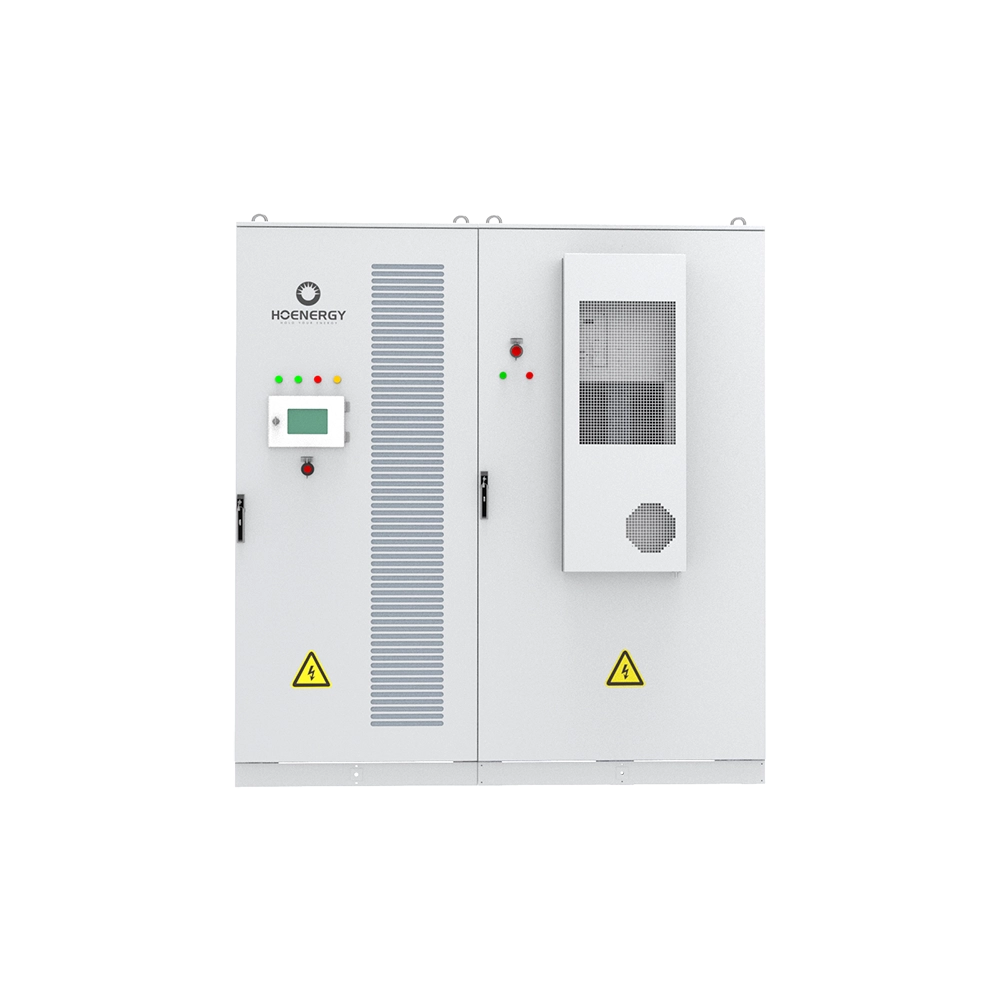
For how long does a solar cell last?
Solar panels covered with tempered glass laminate have a 25-year lifespan; those covered with PET laminate have 5-8 years; and those covered with epoxy have 2-3 years. Tempered glass laminated solar panels make around 95% of all solar panels now available.
Power generating efficiency of photovoltaic modules determines their lifetime, and the intensity of power produced by the solar panel under the same light depends on the purity of the silicon wafer and the degree of bonding of the PN junction. The efficiency will keep dropping since the PN connection will eventually break. The conversion efficiency is around 90% after 15 years and will decrease to around 85% after 25 years, hence the life of photovoltaic components is essentially more than 20 years.
Principal elements of solar cells
Effect of hot spots
The hot spot effect is the condition in a properly operating battery assembly when a single cell is momentarily covered by a tiny item. The amount of current this one cell can produce drops as a result. One may think of the solitary cell in the battery assembly as a diode with a reverse avalanche breakdown phenomena, a P-N junction structure. In accordance with Kirchhoff’s current and voltage law, a blocked single cell bears a negative pressure and turns into a load when its capacity to produce current is less than the circuit current. Furthermore, it absorbs heat, the energy released by other single cells.
Additionally intimately connected to the battery assembly manufacturing process is the hot spot effect. Many times, the internal resistance of a single cell is inconsistent because of production level flaws. Hot spots are quite prone to appear in cells with unequal internal resistance.To the cell, the hot spot impact is quite detrimental. The battery assembly as a whole will burn in the extreme instance, and the cell in the mild one.
Influence of surroundings Also Additionally influencing battery life include temperature, light radiation intensity, wind load, ice and snow load, etc.
Seven Pointers to Increase the Life and Capacity of Solar Cell
Frequently scheduled inspections of your solar storage system are essential to finding any indications of damage or dysfunction. Clear connections and parts to avoid corrosion or dirt accumulation.
To prevent a full drain of your solar battery while in use, limit its depth of discharge. Its life can be much increased by keeping it charged between 20% and 80%.
Verify the ideal temperature range in which your solar battery operates. Steer clear of really high temperatures since they can shorten its life and performance.
To prevent any battery damage, use charging equipment made especially for your solar storage system.
Steer clear of too quick charge cycles since they can overheat your solar battery and reduce its life. Take slower, more frequent charging cycles instead.
Keep your solar battery out of direct sunlight and in a dry, cool location if you plan to store it for a long time.
Track the performance of your battery throughout time with a battery health monitoring tool. To prevent harming the entire battery, replace defective or weak cells as soon as you can.
Utilizing Solar Cells at the End of Their Life
One crucial step in lowering the environmental effect of these renewable energy storage systems is recycling end-of-life solar cells. The following lists important laws to abide by, present projects in the renewable energy sector, and environmental advantages of recycling
Benefits of Solar Cell Recycling for the Environment
Numerous important ecological advantages come from recycling solar cells. First, like lithium, lead, and cobalt, it restores priceless resources required to create batteries. By recycling these materials, less fresh resources must be mined, vulnerable ecosystems are preserved, and mining-related environmental damage is limited.
Furthermore, recycling solar cells lessens dangerous electrical waste, which, if improperly managed, can contaminate groundwater and soil. By keeping harmful substances like lead, lithium, and acids out of the environment, appropriate recycling of end-of-life solar cells also lowers the dangers to both human and environmental health.
And last, recycling solar cells contributes to the development of a circular economy in which resources are collected, put to use, and recycled instead of being thrown away after use. This saves natural resources and lowers greenhouse gas emissions related to the production of new batteries, therefore promoting long-term sustainability.
Initiations for Recycling in Renewable Energy
To support responsible e-waste management, the renewable energy sector has started a number of solar cell recycling projects. Programs for collecting and recycling solar cells have been established, and manufacturers, distributors, and recyclers have partnered to make recycling easier and guarantee safe disposal of the batteries when their useful lives are up.work is being done to create more sustainable and effective recycling methods, such as sophisticated procedures that more effectively and ecologically separate and purify battery materials.
Solar cell recycling laws and best practices
Local and federal e-waste management rules must be followed to guarantee effective and safe recycling of solar cells. To reduce hazards to the environment and the public health, these rules establish guidelines for the collecting, management, transportation, and ultimate disposal of batteries at the end of their useful lives.
advised are sound recycling procedures, such decommissioning batteries before recycling, clearly marking collection containers, and keeping accurate records to monitor the movement of spent batteries during the recycling process. Players in the renewable energy sector may help optimize the environmental advantages of solar cell recycling and advance the shift to a more circular and sustainable economy by using these procedures.
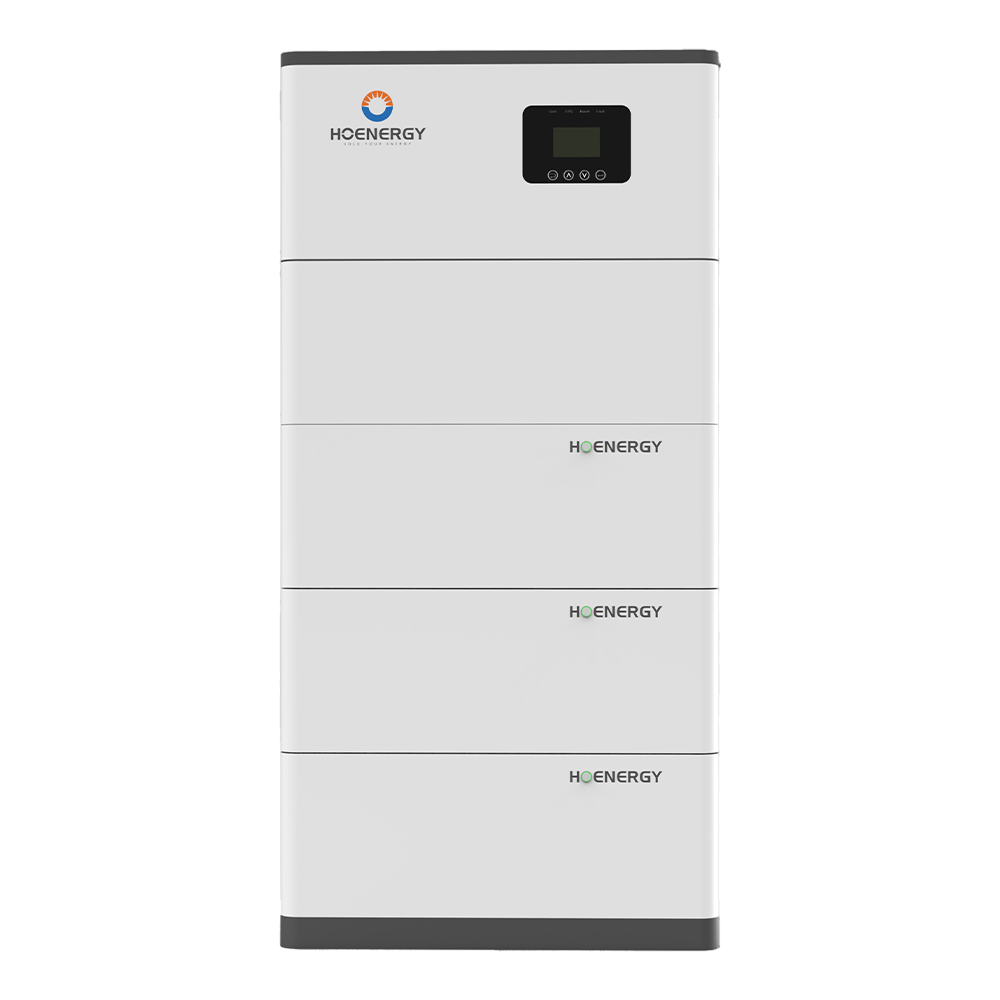
in conclusion
Raising the efficiency and sustainability of renewable energy sources requires an understanding of and optimization of the solar cell life cycle. The capacity of a battery to perform at its best during charge and discharge cycles determines its durability; depth of discharge and technology employed are important determinants of this.Your battery’s life can be extended with careful installation, prudent charge management, and routine maintenance. The environmental effect of batteries from their manufacture to recycling must also be taken into account. A circular economy and the reduction of environmental effect are achieved by managing the end of a battery’s useful life through suitable recycling procedures.


